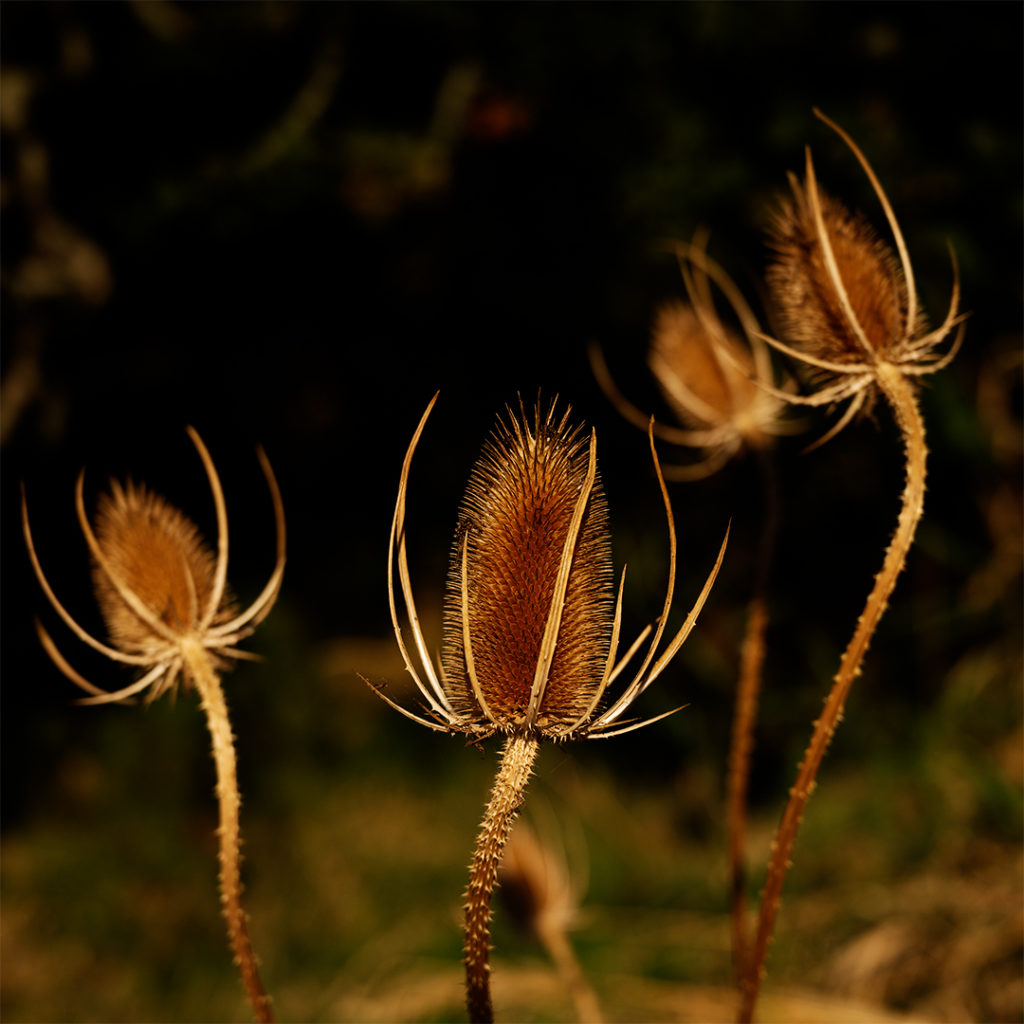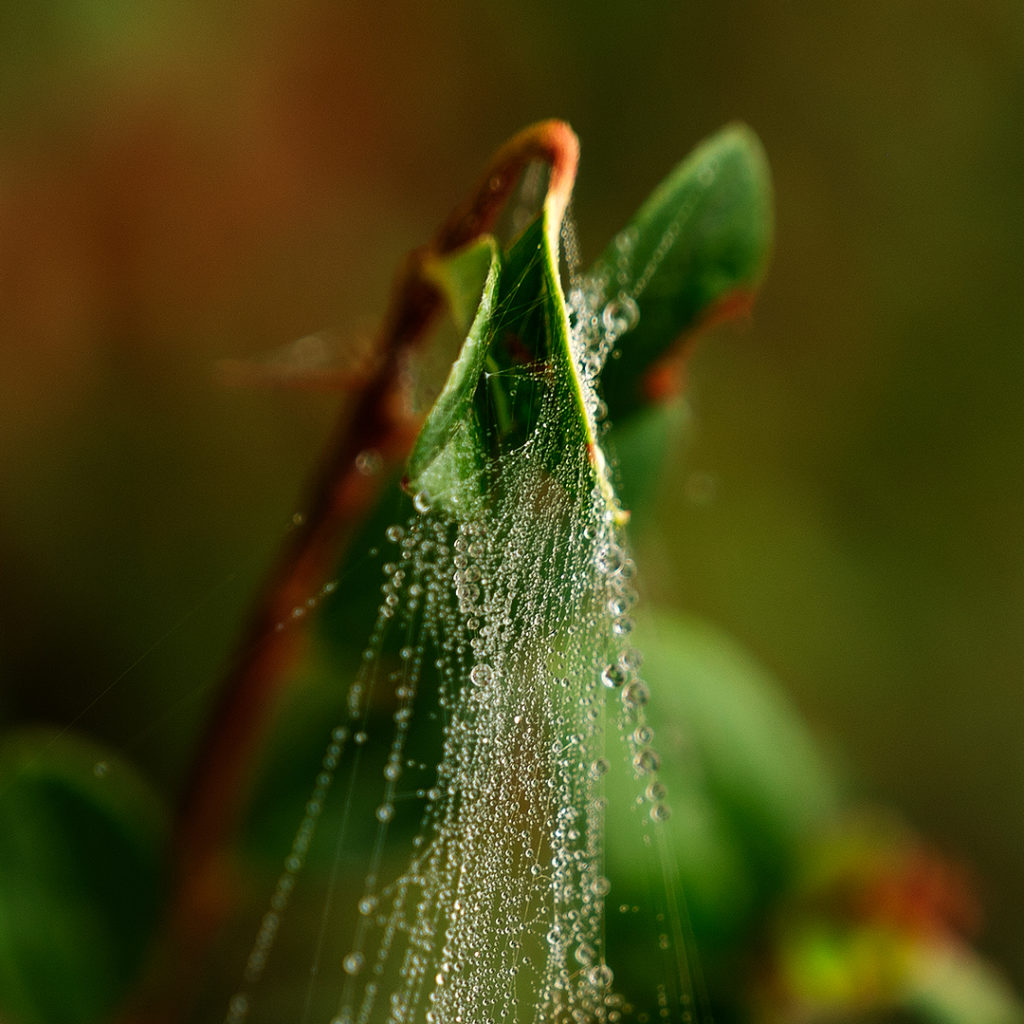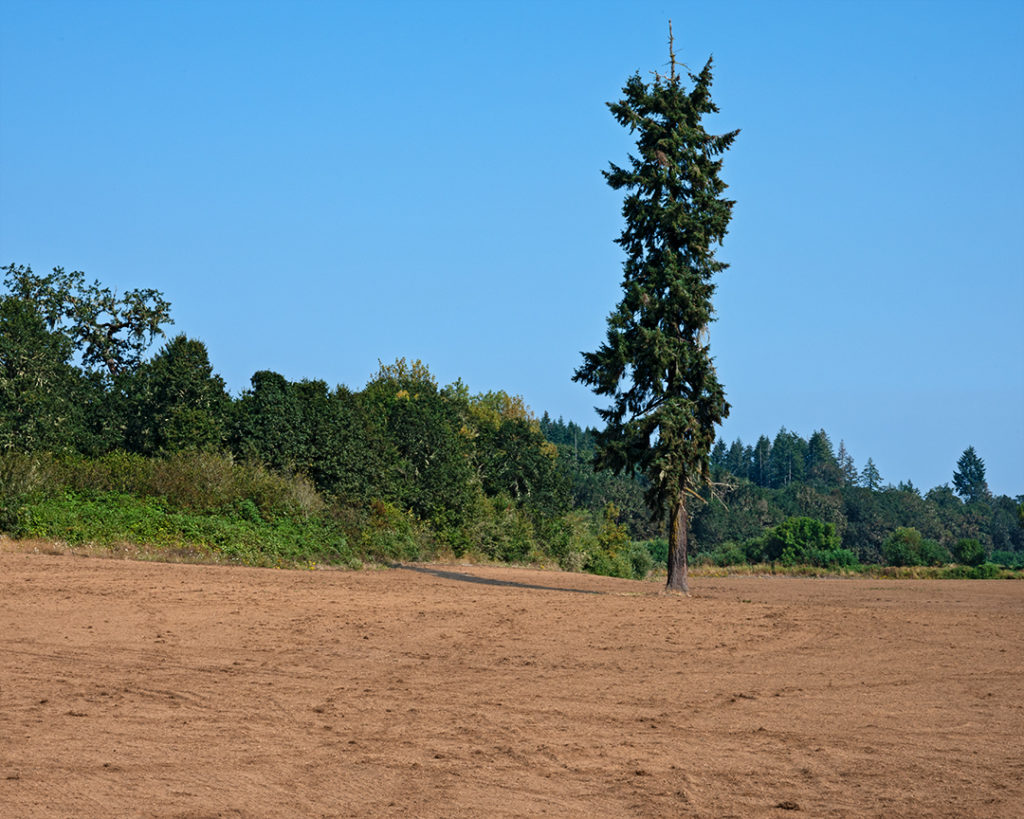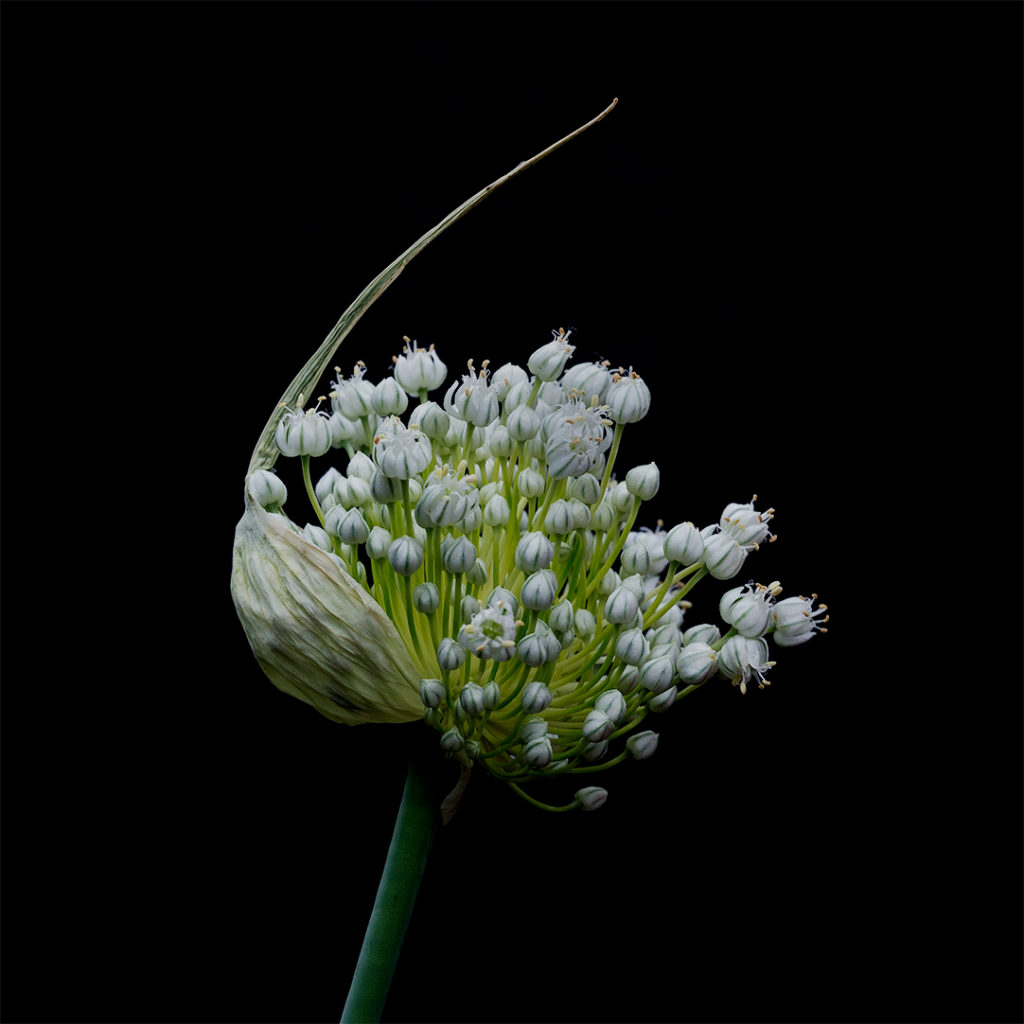Consciousness and Spherical Photography
Previously I have written about how spherical photography can be a metaphor for looking around, and how it illustrates the value of doing so. There is no comparable way to change the view in standard photography, of course. However, we can still choose what part of a photograph to focus on.
Generally, however, our eyes move around a photograph without much conscious effort, and photographers often design pictures to guide the viewer’s gaze through the use of color, composition, and so on. The general tendency is to follow the artist’s lead.
With spherical photographs, however, we not only have the ability to look around more, but that action is generally much more deliberate. Instead of the unconscious movements of our eyes, viewing a spherical photo involves moving a mouse, or swiping on a screen, or moving our head while wearing a special headset. In any case, it is a much more deliberate, conscious effort.
This difference between static photographs and interactive spherical photographs allows us to explore some of the ideas around what is meant by “conscious” in this sense. It typically refers to an act done with deliberation and full awareness. Implying, among other things, that there is a mind, a consciousness, involved.
We use this term easily; it seems to be something that we all understand even though the nature of consciousness itself is still a mystery. Are we just the result of chemical reactions, so that looking at a spherical picture just involves different chemical reactions? Or is there more to us than that, something beyond the material, such that the viewing intent is as mysterious and non-physical as our minds?
This is a question that science has not yet answered. It’s not even clear if science can answer it since it may involve things beyond the physical, material world. Even defining the problem is still a challenge. Thus, we may need additional tools, which is why some mind researchers have suggested that the arts offer interesting insights into the nature of consciousness.
Perhaps photography can play a role here, and that is one of the reasons that spherical photography is more interesting than just another way to create pictures. Perhaps it can help explore the mystery of consciousness.
For, if the mind is more than just material, this has big implications for our understanding of all reality, of the whole universe.
Dance of the Thorns
This picture of weeds looks very different depending on how we see it. Looking closely at the plants, they seem spikey, forbidding, like they will break if touched. But looking at the overall arrangement, it evokes the graceful lines of ballet dancers — easy to imagine flowing movement.
This is an example of how observing things at different scales can cause us to see them differently.
Read more
Local Wonder
Photographers, and artists in general, often use the idea of an “artistic vision” to describe the kind of work that they do. I find that idea to be helpful, that it can provide focus when working on my own art and craft. Of course, it’s always great to work on things just for fun, and a lot of good work can be produced that way. But for myself, it helps to also have a focus, a goal when setting out to create pictures.
So, here is a first pass at what I’ve found most interesting to pursue in photography. I call it “Local Wonder”.
Read more
Convergence
This scene caught my eye because of the way many strands of web all converged on the single leaf. This was taken on a foggy morning, and the strands stood out because they were covered in drops of water. I think the thing that seemed surprising was the sheer number of individual strands.
Looking at it later, I was also struck by the many different places that the strands came from, creating a powerful structure for catching food. The individual strands work together, producing something that is stronger than a single single one.
Ideas can work this way.
Read more
Beautiful Fading
This is a picture of fading flowers taken while looking upwards into a tree. Even though the flowers are fading, definitely past their prime, something about this scene still struck me as pretty, almost whimsical.
I framed the flowers deliberately off center, I think because it added to the sense of whimsy or light-heartedness. The blurred background also helped highlight the flower cluster and make it pop out, as did desaturating and dimming the colors in the background a little.
These things helped highlight the pretty aspects of the flowers – the light yellow color, gentle lines, and soft textures.
Nevertheless, a close look reveals that the flowers are dying, and it still seems incongruous that we would find this beautiful.
Why does this work? Why do we find beauty in scenes that are not necessarily inviting? Do we ignore the actual content and react to the abstract colors, forms, and patterns? Or do we see something more than what is pictured, and from that sense beauty?
I think these things are worth pondering, and have done so elsewhere, so that photography for me becomes more than just the pictures.
Isolations: A Volunteer
This is a simple picture of a tree in a field. Unremarkable, but the composition can be seen as a different example of “Isolations” as described in a previous post – Conversing with Photography.
To me, this picture is not just a lone tree in a field, but when related to the line of trees just beyond it, it is a volunteer.
Imagine some people standing in a line, all facing the same direction, and a volunteer is asked for. It may be for a dangerous mission, or a tricky sports maneuver, or even just being the first to taste a new ice cream. As often happens in such cases, imagine that only a single person steps forward.
“I’ll do it.”
That’s what I see here. The individual standing tall, just a step forward from those remaining back in the line. Anonymous, undifferentiated except in willingness.
The isolated tree looks taller from the vantage from which the picture was taken, but I don’t know if it really was or not.
I wonder if anyone else sees this? And if they didn’t at first, do they now that I’ve described it? If so, does that make the picture any more interesting?
This is an open question for me – the relationship between taking a picture and explaining it. Part of me says that pictures should stand on their own. But on the other hand, that seems like an arbitrary requirement, like saying that the visual part of a movie should stand on its own without sound. Both silent movies and modern movies are valid, they just are different. So couldn’t it be the same for photography?
Perhaps some creations involve both image and text. But then, would that sort of creation need a different name than “photograph”?
Interesting questions, but perhaps not that important. I find it helpful and fun to occasionally enhance photos with text, and so will probably continue to do so.
Escape
This is a picture of a leek blossom, just opening up. It’s actually a bundle of small flowers.
I like this picture because of its beauty. Part of that, to me, is the sense of things moving towards the right. There’s a tension, a leaning in that direction that makes it seem as if individual flowers are straining to move that way. The tilt of the blossom, the curve at the top of the casing, the loose spacing of the flowers at the right, all work to give this sense.
It looks as if the blossoms are bursting out, trying to escape and get away from the pod, like some alien capsule discharging its crowd of travelers after a very long voyage.
This sense of escape is something we can all identify with. Aren’t there times in our lives when we long to escape? It may be from the daily grind, from a bad job or relationship, from a disease or other uncomfortable situation.
Read more
Seeing Life
One of the persistently difficult questions that comes up in science is how to define life – how to determine if something is living. To most of us, it’s fairly obvious. Plants and animals, including humans, are alive. Rocks, water, and so on, are not.
However, the question gets more complicated for scientists that study things like viruses and other very simple organisms that, although they are organic and interact with other living things, do not have all the characteristics of other life. Nevertheless, they often have DNA and it seems troubling for some reason to not think of them as living.
Regardless of what one thinks about this issue, the initial observation, that it’s obvious to most of us what life looks like, is worth some deeper consideration.
Read more
Viewing Spherical Photos as Cylinders
Previously, I described an alternative way to represent pointers to spherical photos. Usually they are static online pictures, which works since a hyperlink can then send the viewer to the full, interactive picture. However, another possibility is to make the pointer a physical picture, printed out and maybe even hung on the wall.
The same thing can be done with the spherical picture itself. Ideally, the pictures represent the inside of a sphere, the view one gets when looking around. However, it can be printed on the outside of a sphere, and the experience of viewing it still more or less works.
Such spheres have been made, and it’s possible to order something very near from companies who will print them on pieces that snap together. Also, some people have experimented with mapping the picture to the outside of a cube, which gives six fixed views. That’s obviously less interactive, but still gives some idea.
In many spherical pictures, though, the top and bottom are not interesting. These represent looking up and down. A spherical picture taken outside while standing on cement, for example, would just have sky above and gray below – not very interesting.
This leads to another possibility: removing the top and bottom, straightening the sides, and making a cylinder by printing it on the outside.
Viewing a cylinder just means rotating it so that the area of interest is seen. Seems like this should work naturally.
A small cylinder could be the size of a Christmas ornament, while a larger one could sit on some sort of stand. On a stand, the viewer could easily turn it, approximating the experience of panning left or right in a regular online spherical photo. In addition, the stand could be motorized so that the cylinder moves on its own, just like online versions sometimes automatically pan around.
Going even further, the user could interact with the motorized system to be gently directed to certain views. There are more options for placing lighting inside the cylinder, coupling cylinders, generating the view dynamically from a projector instead of printed, and so on.
It seems like this approach has a lot of interesting possibilities, and I may end up building some to check them out.
New Ways to Engage With Spherical Photos
In an earlier essay, I talked about the different pieces of a spherical photograph experience. Here, I want to look at the static introduction image piece a little more closely.
Spherical photos are inherently interactive because humans cannot see an entire sphere at one time without severely distorting the image. Before interacting with the image, people often encounter a representation of it that is static. This is often a thumbnail image of one portion of the whole sphere. Occasionally, it may be most or all of the sphere as a highly distorted image.*
Read more





